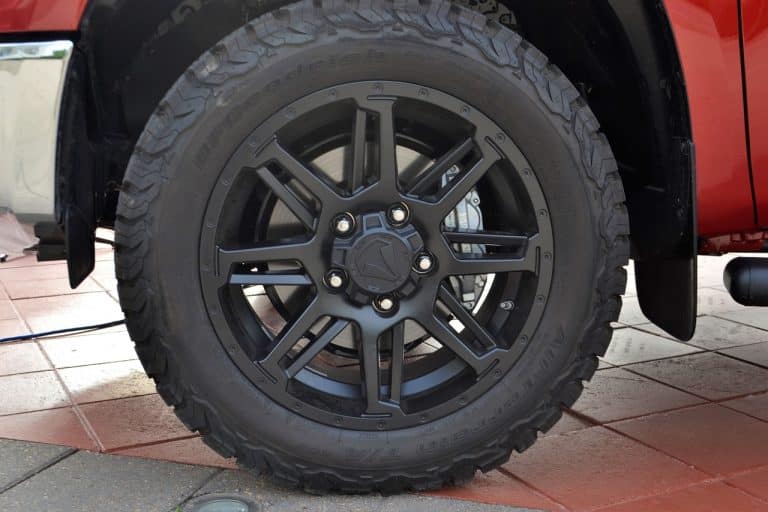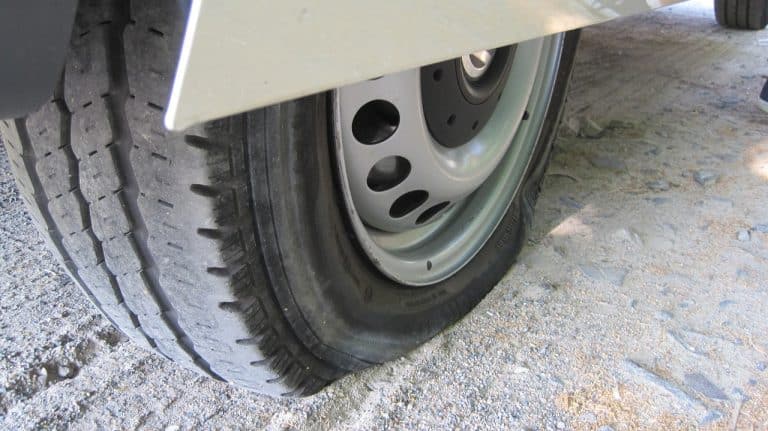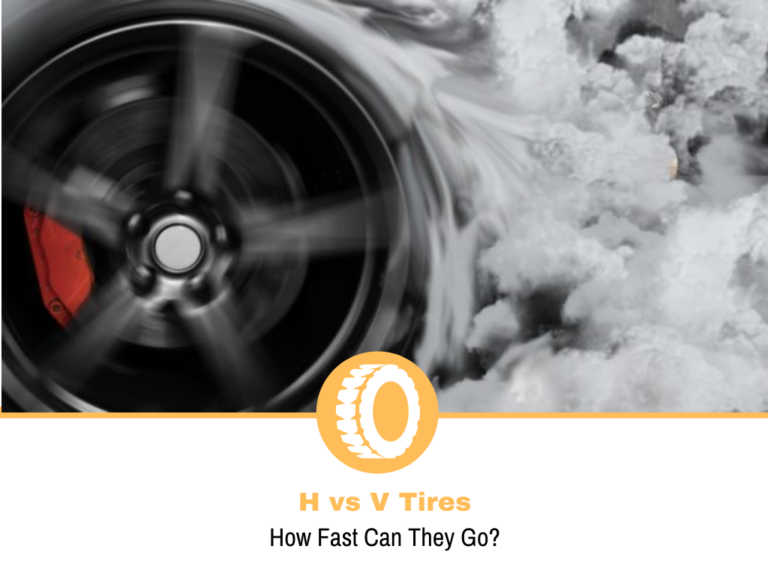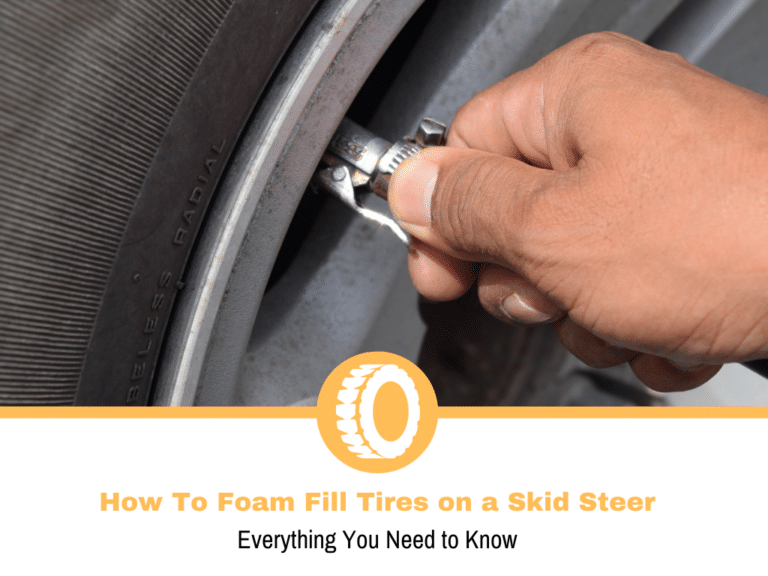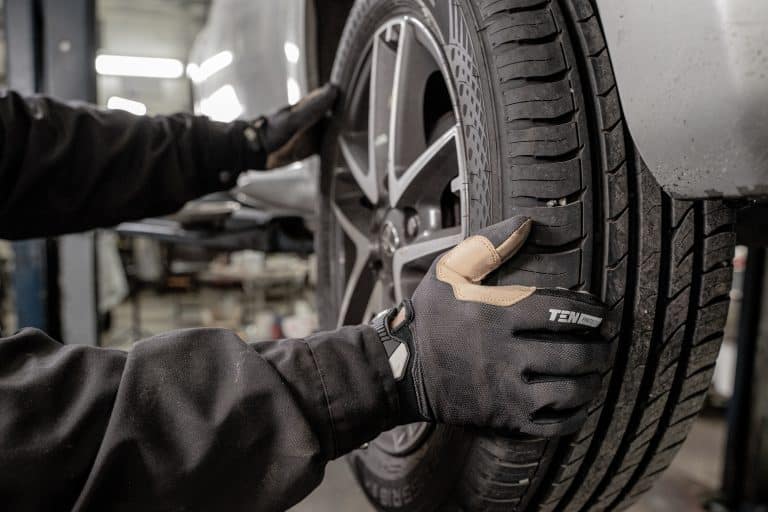How To Fix Bubbles In Tires
Tire bubbles are dangerous, can be threatening, and are an accident waiting to happen if they are left unchecked.
No matter how much you can try, the fact remains that tire bubbles cannot be fixed in your home garage or on the road, for that matter. The best way forward is to take the vehicle or the tire with bubbles to the auto shop and let the professionals handle them.
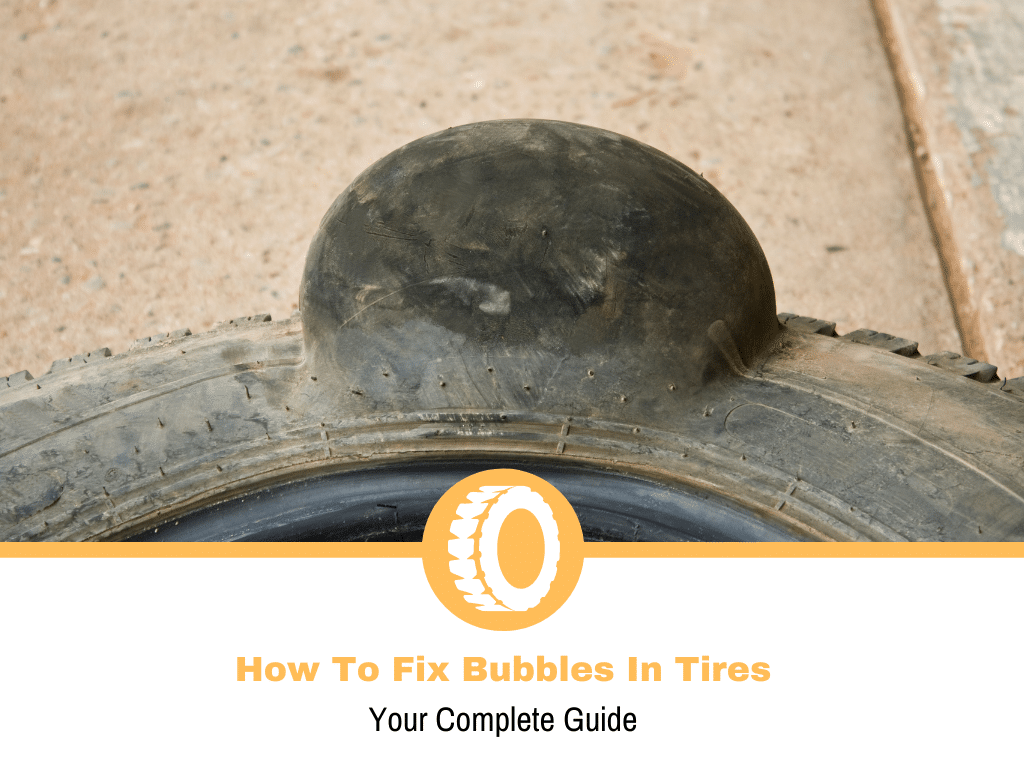
However, from the appearance of tire bubbles to the point where you can take the vehicle to the garage, there are a few things to keep in mind. Additionally, you should also know about the ways and means to prevent tire bubbles from appearing. So, the following sections will cover these aspects.
What Do You Need to Know About Tire Bubbles?
For those who don’t know what tire bubbles are, let’s start with the definition or try to explain their appearance. A tire bubble is a type of anomaly seen in vehicle tires wherein a bulge appears abruptly on the sidewalls.
The side walls are a vital part of the tire, and any defect in this part of the tire can have dreading effects. These bubbles can appear without warning. They pose a grave danger to the safety of the vehicle and the passengers. Especially when the vehicle is traveling on the road.
When it comes to identifying the shape of a bubble, imagine a gumball coming out from your mouth, but the rest of the gum is still inside. In any case, the protrusion from the tire sidewalls should not be ignored.
Why Do Tire Bubbles Appear and What Can I do To Remove Them?
Tire bubbles can pop out because the inner layers of the tire are damaged. The reasons for the damage can be many, and they will come later. Let’s understand what happens before a bulge appears.
Every tire is made with several layers that are joined together. Consequently, every layer is added with a purpose, and the same of the inner layer is maintaining the air pressure inside the tire.
The inner layer is solely responsible for maintaining the pressure, unlike other outer layers, which get reinforcements via other layers. But the inner layer is built with a strong rubber, which makes it powerful enough to hold the air pressure inside.
While driving the vehicle, the tires get into all sorts of surfaces and obstacles, which, no matter how small, affect its overall health and quality. Due to such driving-related effects to tires, the inner lining can sometimes break, leading the air to escape.

When the air escapes from the inner lining, it gets accumulated at a weak spot of the outer layers, and slowly, a bulge starts to appear because the air is held up inside. The bubbles appear on the sidewall because this part of the tire is weaker than the part with treads.
As for the “What Can I Do” part is concerned, you cannot do anything. Do not poke the tire where the bubble has appeared as it can puncture it, and you will have a flat tire with a big crack.
What are the Causes of Tire Bubble?
Three main reasons are the causes of a tire bubble;
- Manufacturing defects
- Overloading
- Rough driving or driving on rough roads frequently.
The manufacturing defects like weak inner layer or gaps in the outer layer can exert pressure on the existing layers. This forces them to give in to the extra stress and form tire bubbles and many other issues.
Secondly, when you overload a vehicle, the tires feel that extra pressure of the weight. The extra weight can put the inner layer’s tenacity to test. Once the threshold is broken, the inner layer can break, leaking the air into the outer layers.
Because the crack or puncture is from the inside, you cannot use your tire plug kit here to repair the damage. Driving on rough roads is another reason for the emergence of tire bubbles.
Do you know why? Rough roads exert all sorts of pressure on the tire. The unwanted and forceful instances affect the tire’s health creating a weak spot in the inner layer due to repeated strikes. The same can happen with the outer layer too.
So, when the inner layer breaks, the air starts receding out and finally finds a weak spot in the outer layer only to accumulate there and build a protrusion.
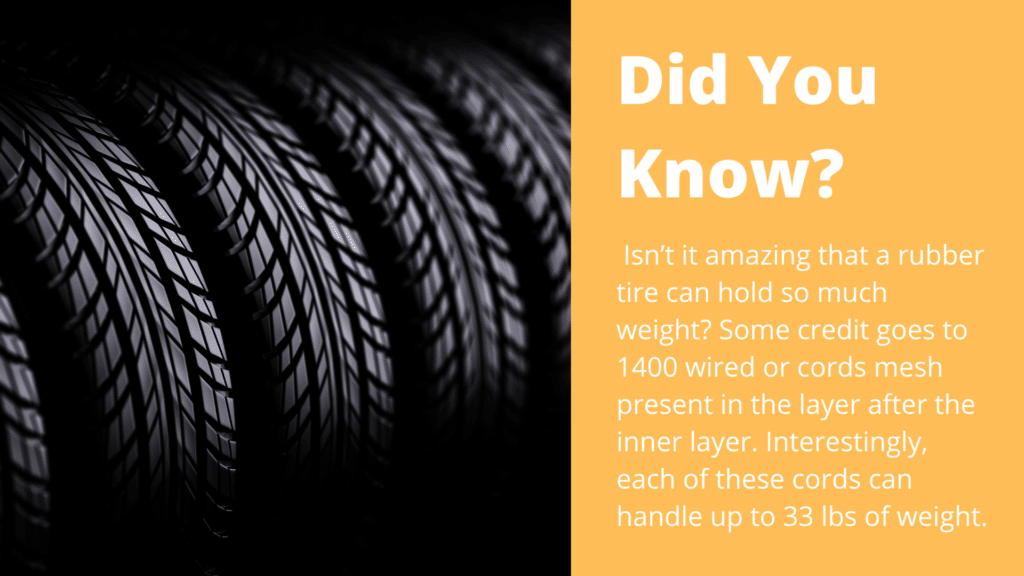
Can Tire Bubbles Formation be Prevented?
Prevention of tire bubbles is again not a process that will lead to guaranteed results. You can only take some precautionary measures to take good care of your tires, which will reduce the chances for the development of tire bubbles.
These measures include monitoring any changes in the tire’s shape and driving quality. Also, it would be great if you can also take note of the air pressure frequently. The best way is to keep a tire gauge at home; if you don’t have the gauge, follow this guide to learn how to check the air pressure without a gauge.
Along with this, do not drive carelessly on a pebbled road. If there are speed bumps and potholes in the way, it is best to avoid them. If not avoid, drive over them carefully to avoid any unwanted damages or anomalies.
Take special care when you are driving over the railroads. Also, do not let the tires come in contact with the curbs and sidewalks. Bumping the tire abruptly into the curbs while driving or parking also contributes to damaging the tire.
Frequently Asked Questions
For how long can I drive with bubbles in the tire?
Well, it is not about how long you can drive with tire bubbles popping out, but more about is it safe to drive with them? And the answer to this question is a big NO! You should never drive with a tire bubble.
Because tire bubbles can pop at any time. If the bubble bursts while you are driving, the chances of an accident increase manifold.
How much will it cost to repair a tire bubble?
There is no point discussing the cost because tire bubbles cannot be repaired, period. The only option you have is to replace the tires with new ones. The cost to buy a new tire is the cost you will have to incur in case there is a tire bubble.
Are tire bubbles covered under the tire warranty?
Tire bubbles are indeed covered under the tire warranty, but it is not easy to determine whether the cause of the formation of a bubble is a company defect. You can, however, lodge a complaint and wait for the company to analyze the fault. If it is a manufacturing defect, you will get a new tire for free.
